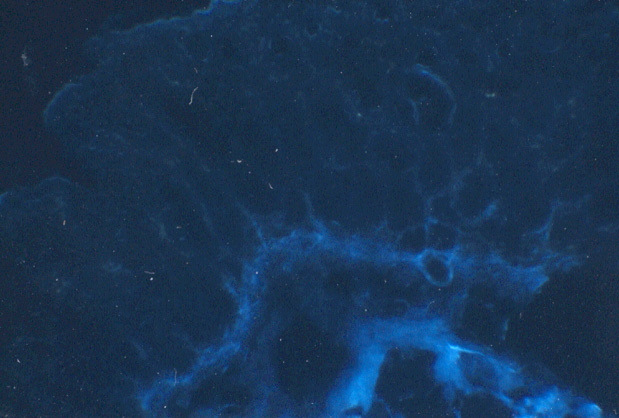Autofluorescence as an intrinsic parameter of cell and tissue suitable
for non-invasive, real-time diagnostic techniques.
Most of the substances involved both in the organization and the
functional-metabolic aspects of biological material can act as
fluorophores, giving rise to a fluorescence emission under excitation at
suitable wavelengths. The properties of this fluorescence signal are
strictly related to the chemical nature and the concentration of the
endogenous fluorophores, to their distribution inside the biological
substrate, and to the physico-chemical characteristics of their
microenvironment. On this basis, we can expect that alterations of the
condition of biological tissues arising from the occurrence of
pathological situations affect the properties of the autofluorescence
signal, resulting in spectral modifications that can be exploited for
diagnostic purposes. The availability of light sources with suitale
monochromaticity and power characteristics, in combination with optical
fiber probes for light delivering, and with high-sensitivity detectors,
makes it possible to develop a technique useful for a continuous, real-time and non-invasive monitoring of autofluorescence, that can be applaid
in clinical diagnostics. Such an approach, so-called optical biopsy, is at
present under investigation at the international highly-trained
laboratories. The section of Histochemistry and Cytometry of the CNR
Institute of Molecular Genetics hold a remarkable expertise, being among
the first groups that pointed out the potentials of the autofluoresce as
an intrinsic biological parameter for diagnosis.
Among the possible applications, this Section paid particular attention to
the use of autofluorescence spectroscopy in identifying and localizing of
both malignant and pre-malignant lesions of colon-rectum via endoscopy (in
cooperation with the Endoscopy and Medical Physics of Istituto Tumori,
Milano), in delineating brain tumor (glioblastoma and neurinoma) margins
during surgical resection (in cooperation with Neurosurgery Division,
Hospital, Parma), and monitoring of the organ functional state during the
steps of the liver transplantation procedure. (in cooperation with the
General Surgery Department, University of Padoa).
The results of all studies performed proved the efficacy of
autofluorescence spectroscopy in providing real-time information suitable
for diagnostic purposes, resembling an in vivo biochemical and
histological analysis.
Vedi anche:
Immagini:

